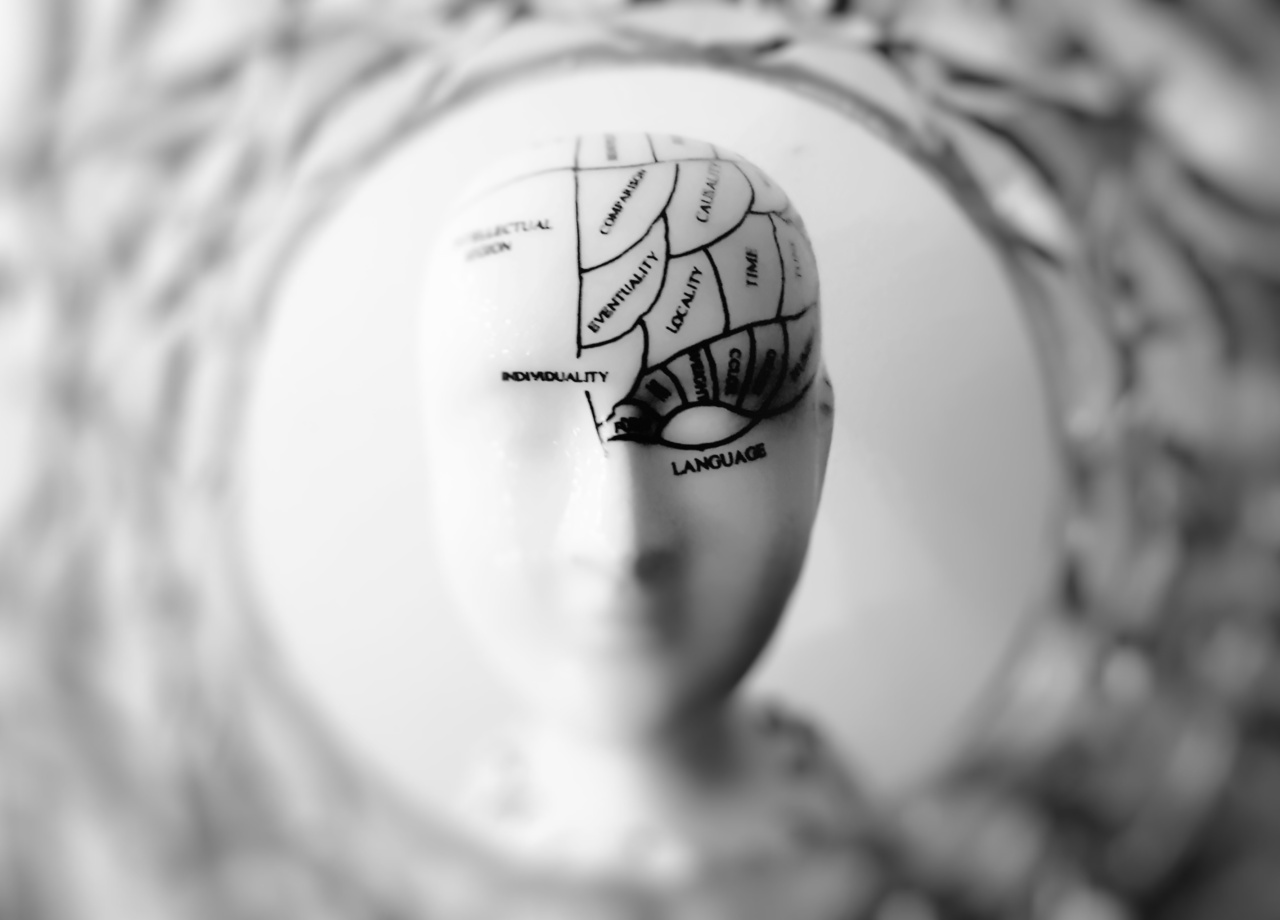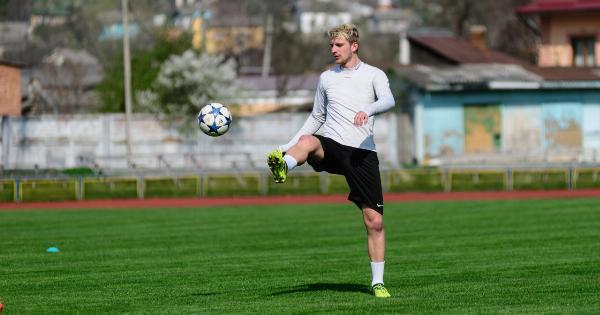Brain gymnastics refers to activities that keep the brain healthy and productive. Such activities include problem-solving puzzles, social interactions, physical exercise, learning new skills, and creative endeavors.
Studies have shown that keeping the brain active can help prevent cognitive decline and improve overall brain function. However, it’s essential to know the optimal amount of brain gymnastics required to obtain the most benefits.
The Benefits of Brain Gymnastics
Engaging in brain gymnastics promotes mental fitness. Regular practice of these activities has been linked to better memory, improved problem-solving skills, and better multitasking abilities.
Studies have also confirmed that activities that stimulate the brain increase the grey matter in the cerebral cortex, which is responsible for memory, language, and perception. Additionally, cognitive activities have been found to prevent dementia and other brain-related illnesses in old age.
The Role of Age in Brain Gymnastics
The age of an individual is an essential factor to consider when it comes to brain gymnastics. Children are encouraged to engage in activities that help them develop problem-solving and social skills.
For older adults, engaging in cognitive activities can help prevent age-related cognitive decline.
It’s not all about age; the level of education, profession, lifestyle, and health status can determine how much cognitive activity an individual needs to participate in.
For instance, an older adult with a higher level of education may have a lower risk of cognitive decline than someone with a lower level of education.
Factors that Influence the Optimal Amount of Brain Gymnastics
While there is no specific amount of brain gymnastics required, some factors can influence the optimal amount of brain gymnastics. These factors include:.
1. Health Status
Individuals with certain health conditions such as diabetes, high blood pressure, or heart disease may require more cognitive activity to avoid cognitive decline.
2. Lifestyle
Individuals with active lifestyles may require less cognitive activity than those with sedentary lifestyles.
Physical exercise can have a positive impact on cognitive function, so individuals that engage in regular physical activity may require less cognitive activity than those that do not.
3. Profession
Professionals in mentally demanding occupations such as lawyers, doctors, and engineers may require less cognitive activity than individuals in less demanding occupations such as factory workers or waiters.
4. Education Level
Individuals with a higher education level may require less cognitive activity than those with a lower education level.
Higher levels of education have been associated with higher cognitive abilities, which reduce the risk of cognitive decline in old age.
The Recommended Amount of Brain Gymnastics
The optimal amount of brain gymnastics required will vary from person to person based on the factors discussed above.
However, according to the American Heart Association, adults should strive to engage in 150 minutes of moderate-intensity aerobic exercise every week. This amount of exercise has been linked to better brain function, reduced risk of cognitive decline, and improved physical health.
The American Heart Association also recommends cognitive activities such as learning a new skill, reading, solving puzzles, and social activities to maintain healthy brain function.
Experts recommend engaging in at least 30 minutes of cognitive activity per day to reap the benefits.
The Risks of Overdoing Brain Gymnastics
While engaging in cognitive activities is beneficial, overdoing these activities can lead to burnout. Excessive cognitive activity can lead to stress, exhaustion, and lower cognitive abilities.
It’s essential to strike a balance between cognitive activity and rest. Resting the brain can help reduce stress and increase cognitive abilities.
Conclusion
Brain gymnastics is an essential aspect of maintaining a healthy brain. The optimal amount of brain gymnastics required will vary from person to person based on various factors such as age, profession, education, and lifestyle.
It’s important to engage in a mix of physical and cognitive activities to maintain healthy brain function and overall health.





























